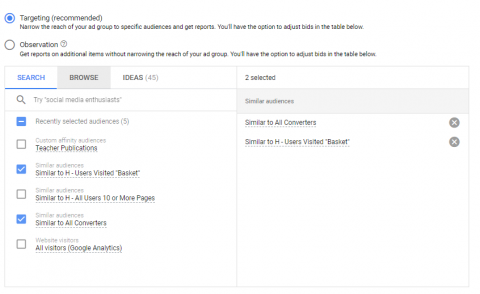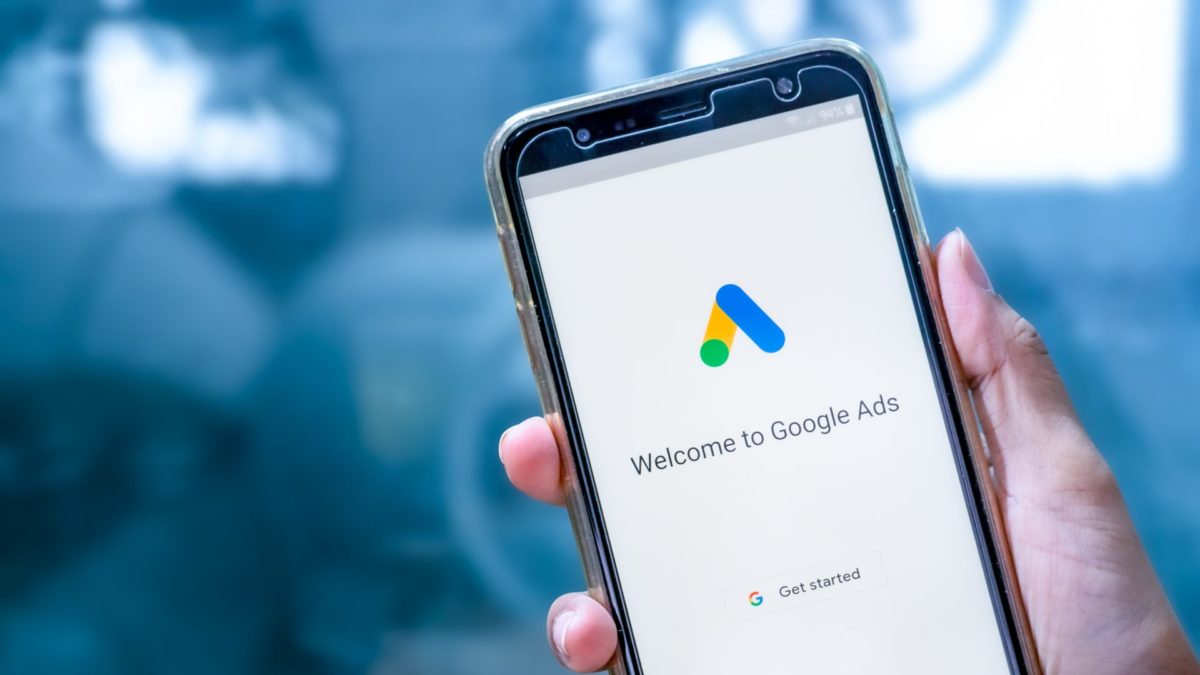Most PPC experts love Google Ads for its efficiency. You can see the ROAS, measure it, improve it, live by it. For that reason, a lot of us tend to get a little lost with a Brand Awareness campaign, which lacks that concrete detail.
Therefore we’ve put together this little guide to help you get to grips with it. Now Google Ads has a number of Networks we can use for pushing Brand Awareness, so let’s look at each one in detail:
The Display Network
The traditional and arguably the best way to use Google Ads to generate brand awareness is by using Google’s Display Network. The Display Network gives you the advantage of huge amounts of reach and relatively cheap clicks. This makes it ideal for our need to get our brand in front of users as much as possible in a cost-effective method as we can.
If you’re not too familiar with the Display Network I’d recommend you first go read our Beginner’s Guide. Don’t worry we’ll still be here when you get back.
Okay, now when we’re building for Brand Awareness the key thing we’re looking for is the maximization of eyeballs at minimization of cost. That means for ad format it’s Responsive Display Ads all the way. RDAs can fit into more website inventories than traditional banner ads and can, therefore, get you cheaper eyeballs. Sure they’re not always the most beautiful looking ad of all time. But at this stage, all we really care about is that someone is seeing the brand name and a general message.

Now targeting. Targeting for Brand Awareness is the really tricky bit. We want broad appeal, but still actually to appear on relevant traffic. Our go-to strategy is to avoid the page based targeting methods of “Topics”, “Placements” & “Keywords” and stay focused on Audiences. It’s the people that we’re really after and as long as we can choose the people in a smart way, we’re cooking with gas.
For that Audience targeting, I’d recommend a two-pronged approach.
- Custom Affinity Audiences – We’ve all looked down the normal Audience options and seen nothing relevant to us. But CAAs are fantastic at defining an audience that’s actually relevant to your topic. More details on this strategy here.
- “Similar To” Audiences – Ever just wished you just had a bigger remarketing list? Well, this strategy can’t help with that, but it can find people who are “like” the people on your remarketing list. N.B. do not expect this strategy to perform nearly as well as actual remarketing for getting actual leads through the door. But for Brand Awareness, it’s quite decent at getting the job done.

If you have enough traffic, targeting “Similar To” actual converters allows you to target the types of users who actually buy your stuff as opposed to just everyone who wandered onto the homepage
The Search Network
The search network is traditionally used to drive traffic to your site (for the purpose of conversion), but having your ad appear within the results can also be great for building brand awareness. Even if your ads don’t get clicked, the visibility of your brand name will bias users towards selecting your product or service in the future.
In addition, you can use clever techniques such as placing your ads on searches for competitor brand names. Or you can use remarketing to target search ads to people who are similar to your current customers. However, bear in mind that it’s much more costly to receive clicks on the search network than it is on the display network. But those clicks that you do get tend to come from more engaged, more interested users who are actively looking for the services you offer.
Measuring Brand Awareness
You can’t.

Well, at least you can’t directly. There are lots of metrics that you can look at that can be indicative of improving Brand Awareness, but there’s no one concrete thing you can measure to determine success or failure.
You do, however, need to actually tell something to your client. So we tend to talk mostly about:
- Impressions as the number of views the ad got
- Clicks as the number of people engaged
- Bounce Rate to check we’re not just sending spam traffic
For help on importing Bounce Rate into Google Ads check here). But it’s important not to care about Bounce Rate too much. At the end of the day, it’s just Brand Awareness traffic, we don’t expect them to actually be too engaged.
But the real difference your Brand Awareness campaigns are going to make is not going to be measurable in the actual campaign itself, but in the overall performance of the whole website. 70% of Consumers look for known retailers when doing product searchers so in theory, the effect of your Brand Awareness campaigns in Google Ads should be higher CTRs, higher Conversion Rates and potentially more Own Brand Searches. Unfortunately, those things tend to fluctuate quite a lot naturally, so it can be very hard to attribute anything directly.
However, whenever I launch Brand Awareness campaigns I always keep a very close eye on what the Direct channel and my Brand campaign produces. If there are any improvements there you can bet I’m going to try and take credit for it with the Brand Awareness campaign!
Conclusions
To conclude, Google Ads can be a great tool for getting your brand seen by your target demographic. But alas, measuring how well that’s actually turned out is incredibly challenging. Fundamentally you have to turn away from your performance marketing instincts and trust in the history of marketing. For hundreds of years, Brand Awareness was basically the only marketing that existed. It worked then, and it still works now.
For more information about Google Ads, or any other aspect of PPC, simply get in touch to find out how we can help.




